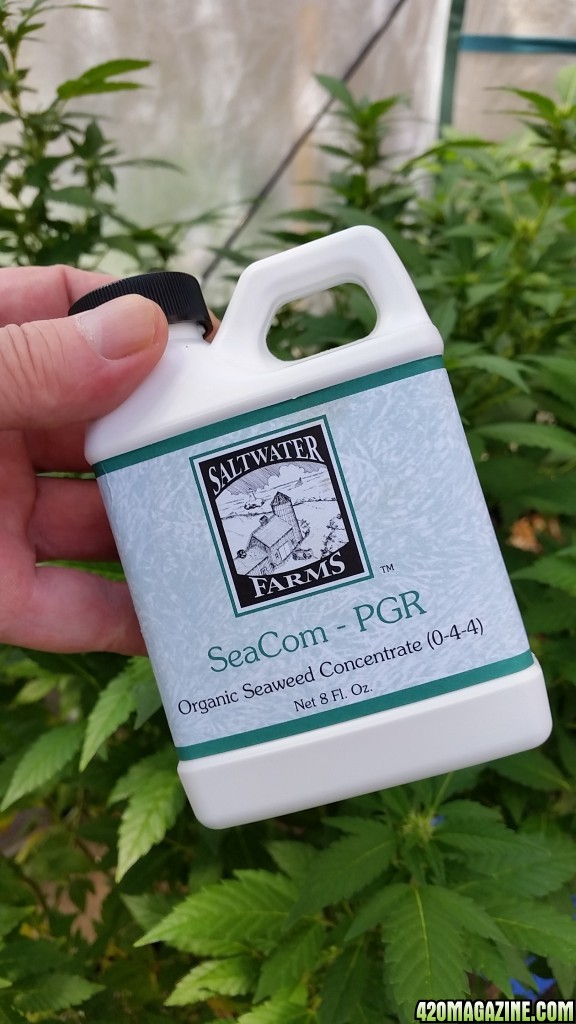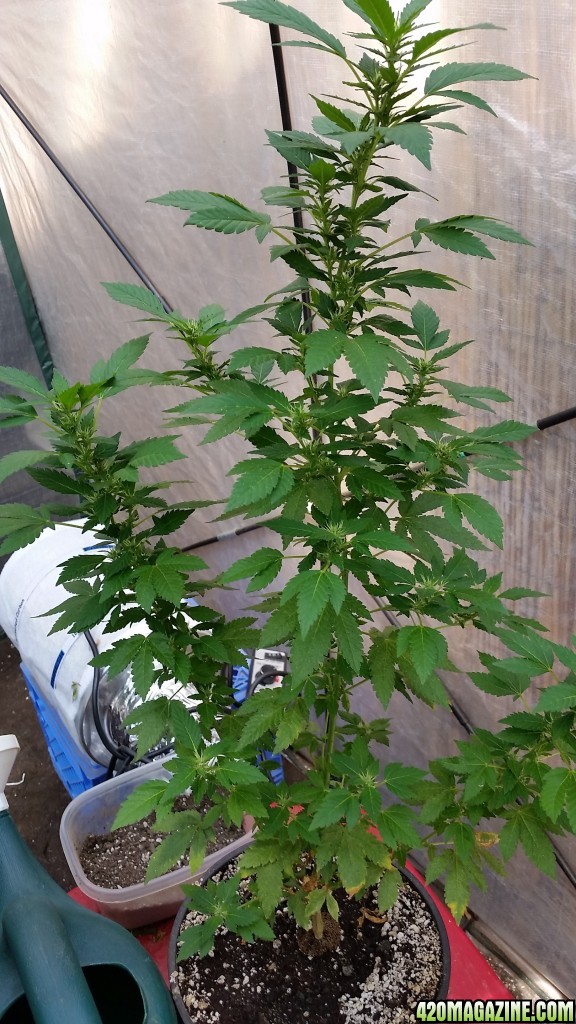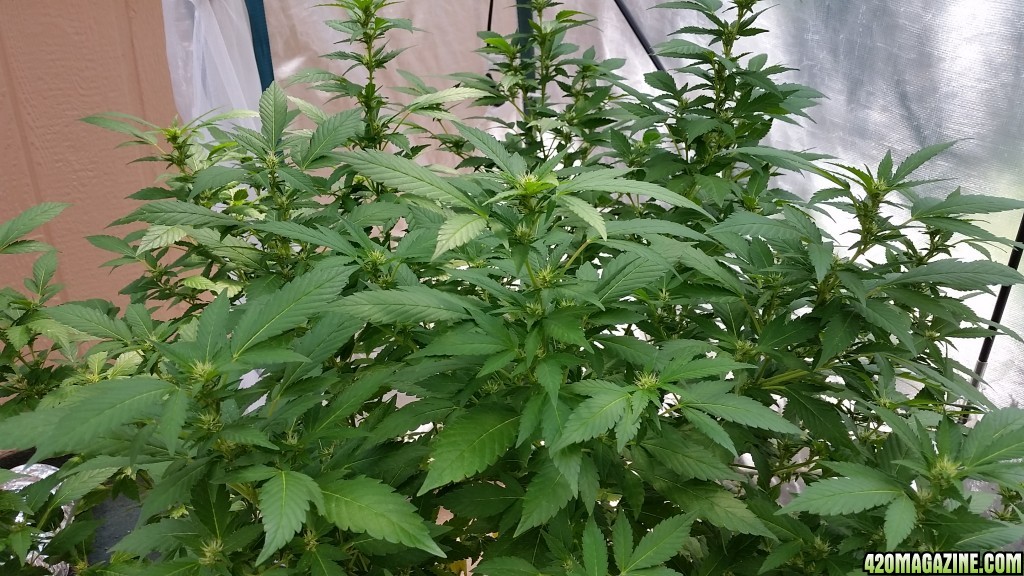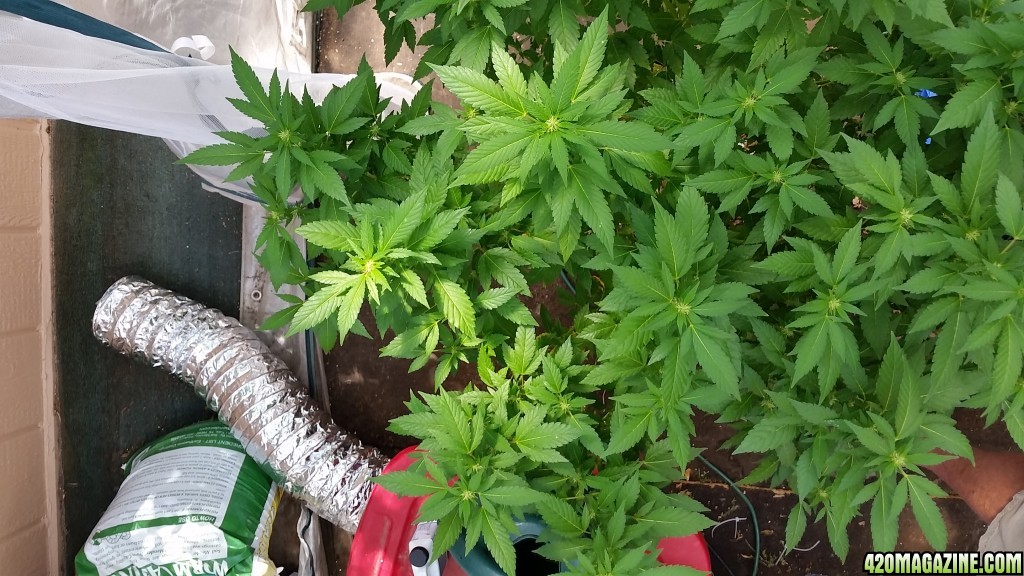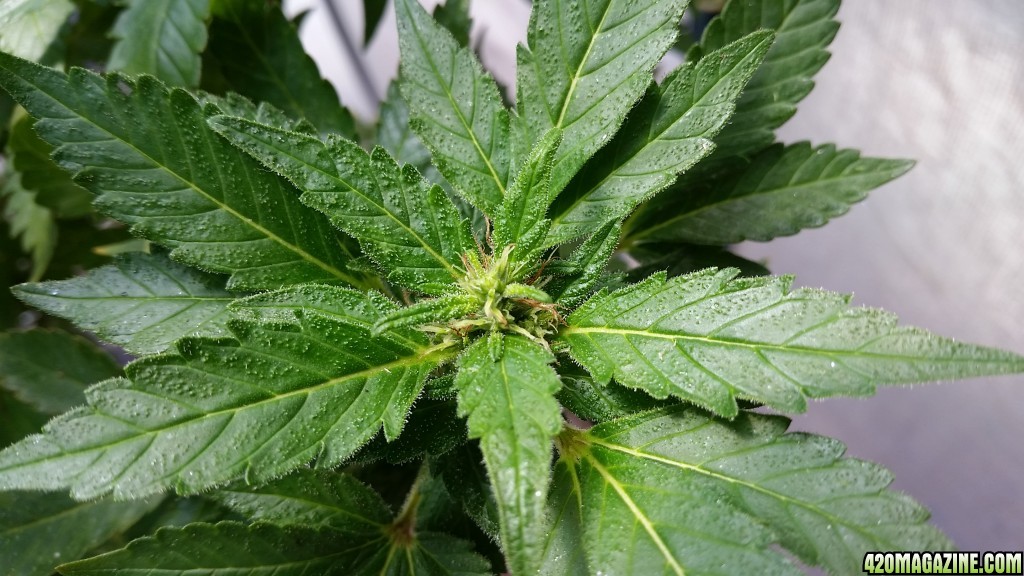CEC is a fundamental part of Doc's High Brix method, and I'd love to have a decent understanding of it too!
I've been timing dosages of cationic drench on dozens of plants for months and months, and I'm flying pretty much blind. I know that ammoniacal nutrient compounds have an opposite charge from nitrates, and will extract NPK, etc, from compounds bound to clays and other charged elements in the soil. Those nutrients are otherwise locked up by the ionic charges. The ammonia replaces the binding site and releases the nutes ... I think. Those nutes are also especially supportive of fruiting. So, if we can release those nutes right about the time the plant begins to fruit, it gets a free surge of custom tailored food.
Those nutes are also especially supportive of fruiting. So, if we can release those nutes right about the time the plant begins to fruit, it gets a free surge of custom tailored food.
But the whole CEC process? I'd like to fully understand it.

I've been timing dosages of cationic drench on dozens of plants for months and months, and I'm flying pretty much blind. I know that ammoniacal nutrient compounds have an opposite charge from nitrates, and will extract NPK, etc, from compounds bound to clays and other charged elements in the soil. Those nutrients are otherwise locked up by the ionic charges. The ammonia replaces the binding site and releases the nutes ... I think.
 Those nutes are also especially supportive of fruiting. So, if we can release those nutes right about the time the plant begins to fruit, it gets a free surge of custom tailored food.
Those nutes are also especially supportive of fruiting. So, if we can release those nutes right about the time the plant begins to fruit, it gets a free surge of custom tailored food.But the whole CEC process? I'd like to fully understand it.






